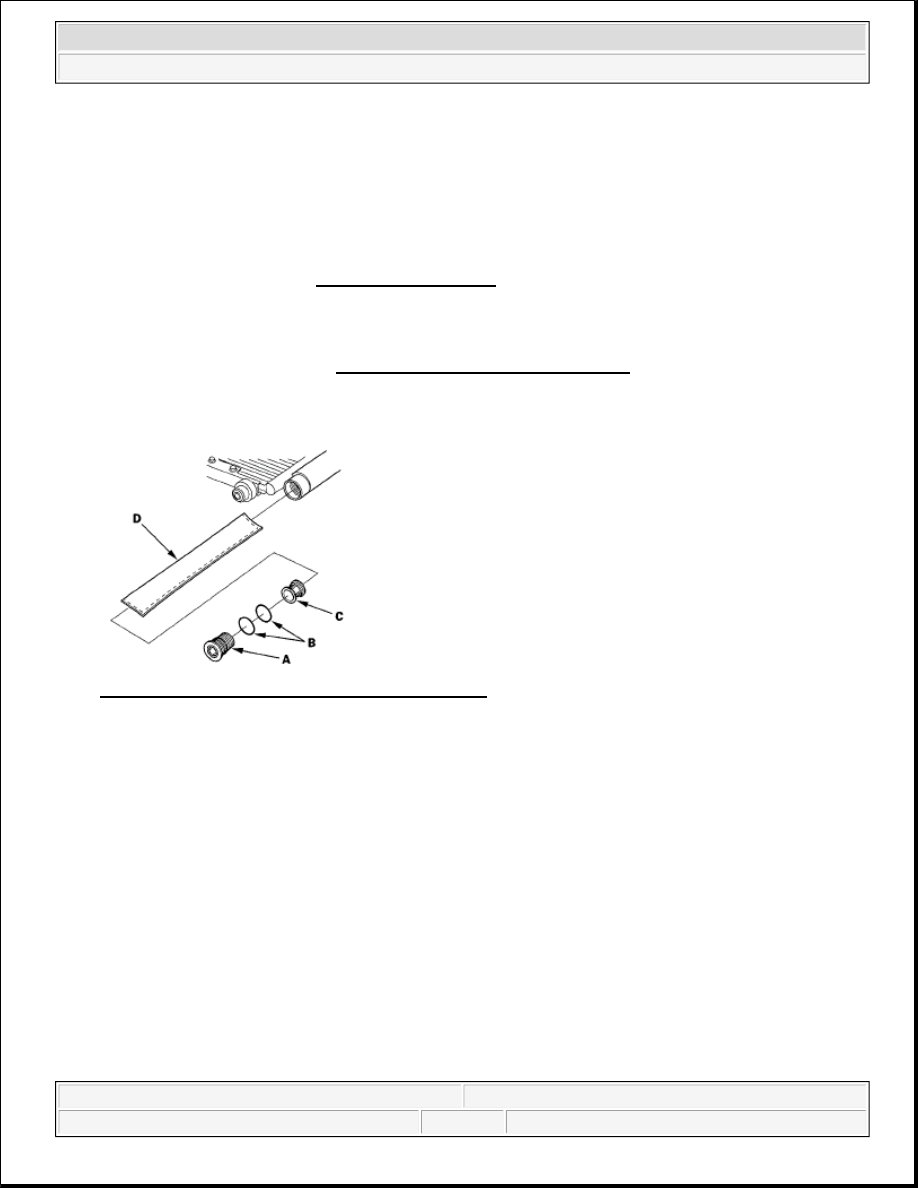Honda Element. Manual - part 584

installing them. Be sure to use the correct O-rings for HFC-134a (R-134a) to avoid leakage.
Immediately after using the oil, reinstall the cap on the container, and seal it to avoid moisture
absorption.
Do not spill the refrigerant oil on the vehicle; it may damage the paint; if the refrigerant oil contacts
the paint, wash it off immediately.
Be careful not to damage the radiator or the A/C condenser fins when installing the A/C condenser.
Charge the system (see SYSTEM CHARGING ).
RECEIVER/DRYER DESICCANT REPLACEMENT
1. Remove the A/C condenser (see A/C CONDENSER REPLACEMENT ).
2. Remove the cap (A) from the bottom of the A/C condenser, then remove the O-rings (B), the filter (C)
and the desiccant (D).
Fig. 103: Removing O-Rings, Filter And Desiccant
Courtesy of AMERICAN HONDA MOTOR CO., INC.
3. Install the desiccant in the reverse order of removal, and note these items:
Replace the O-rings with new ones, and apply a thin coat of refrigerant oil (DENSO ND-OIL 8)
before installing them.
Be sure to use the correct O-rings for HFC-134a (R-134a) to avoid leakage.
REFRIGERANT RECOVERY
Use only service equipment that is U.L-listed and is certified to meet the requirements of SAE J2210 to remove
HFC-134a (R-134a) from the air conditioning system.
CAUTION:
Air conditioning refrigerant or lubricant vapor can irritate your eyes,
nose, or throat.
Be careful when connecting service equipment.
Do not breathe refrigerant or vapor.
2007 Honda Element EX
2007-2008 HVAC HVAC - Element